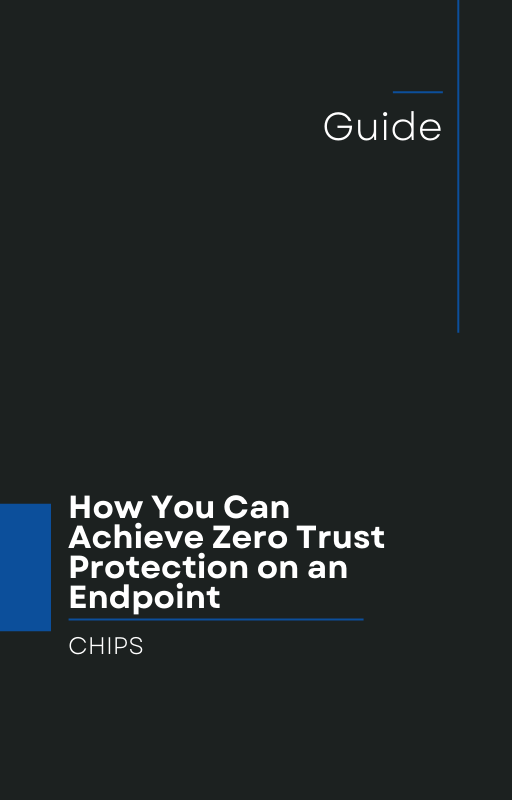A sobering reality is emerging in the realm of cybersecurity: more than one in three ransomware victims are being struck multiple times, even after paying off attackers. The August 2025 report from Barracuda Networks, highlighted in an ITPro article by Emma Woollacott, reveals unsettling figures—57% of organizations experienced a successful ransomware attack in the past year, and 31% of those suffered more than one attack (itpro.com).
The Vicious Cycle of Paying—and Being Attacked Again
Paying ransom doesn’t guarantee safety. In fact, organizations hit more than once are even more likely to pay: 32% overall paid at least once, and that rises to 37% among repeat victims. Even then, success isn’t assured: 41% of those who paid failed to recover all their data. Reasons include missing or damaged decryption tools, corrupted data, or attackers simply not supplying what was promised.
Fragmented Security: Making Matters Worse
Security fragmentation is a contributing factor. Only 47% of ransomware victims had an email security solution, compared with 59% of non-victims—and over 70% of organizations that suffered an email breach were subsequently hit by ransomware. Too many businesses juggle disconnected tools that don’t integrate well or weren’t configured properly, creating glaring gaps attackers exploit.
The Broader Impact: Beyond Just Data
Ransomware attacks aren’t limited to file encryption. Just under 25% of incidents involved data encryption—but data theft and publication happened in 27% of cases, 29% had additional malicious payloads dropped, and 21% saw backdoors installed for ongoing access. These attacks can inflict reputational damage (41%), cause tangible business harm (25%), and even lead to lost new business opportunities (also 25%).
Why “Detect & Respond” Falls Short
Traditional strategies centered on detecting threats and responding post-factum assume visibility and fast reaction—but they don’t stop threats from expanding and returning. Fragmented toolsets do little to prevent lateral movement, bypassed email defenses, or persistent footholds in compromised environments.
What’s needed is a mental—and strategic—shift: from reactive detection to proactive isolation and containment.
Enter AppGuard: Proven Endpoint Protection for the Real World
For over a decade, AppGuard has offered a different approach: rather than waiting to detect threats and then respond, it isolates and contains suspicious behaviors before they can spread. This methodology dramatically reduces the risk of re-infection and stops attacks from escalating.
-
Isolation-first architecture: Prevents ransomware payloads from executing across network boundaries.
-
Decade of proven performance: AppGuard has protected enterprises, government agencies, and organizations globally.
-
Commercially available now: Businesses seeking robust endpoint protection can adopt AppGuard immediately.
A Smarter Strategy for Business Owners
Using AppGuard, organizations embrace resilience by default—not cleanup plans post-attack. AppGuard’s containment-first posture breaks the cycle of repeat infections and minimizes business disruption. It’s what modern cybersecurity needs: proactive, not reactive.
Ready to Move from “Detect & Respond” to “Isolation & Containment”?
If you’re a business leader concerned about repeat ransomware incidents, let’s talk. At CHIPS, we specialize in deploying AppGuard to deliver real-world protection. Let us help you shift from firefighting to prevention—with isolation and containment at the core.
Contact CHIPS today and let’s secure your endpoints before the threat returns.
Like this article? Please share it with others!

September 12, 2025

Comments